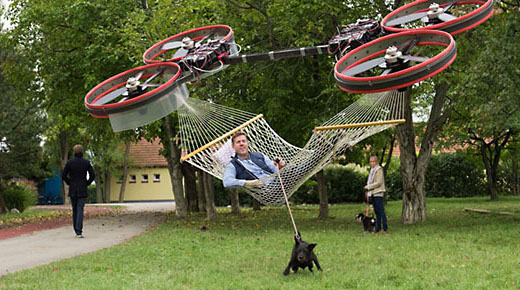Unmanned aircraft systems (UAS), those gadflies of airborne technology, are poised to sweep into our day-to-day lives. Does this take you by surprise? Like the lawn needing mowing (again), or your kid suddenly old enough for college, a swarm of drone innovations seems to have arrived almost overnight. But as business tycoon Warren Buffet once noted, “Someone is sitting in the shade today because someone planted a tree a long time ago.” Where drones are concerned, the tree has been planted, and we’re moseying—some might argue sprinting—toward that shade. Here’s what’s been happening while your back was turned.
|
ADVERTISEMENT |
…

Comments
They be "drones"
Human nature being what it is, until someone comes up with another simple, but sexier or cuter, name they will be drones. Unmanned aerial vehicle, or even UAV just does not roll off the tongue.
Add new comment